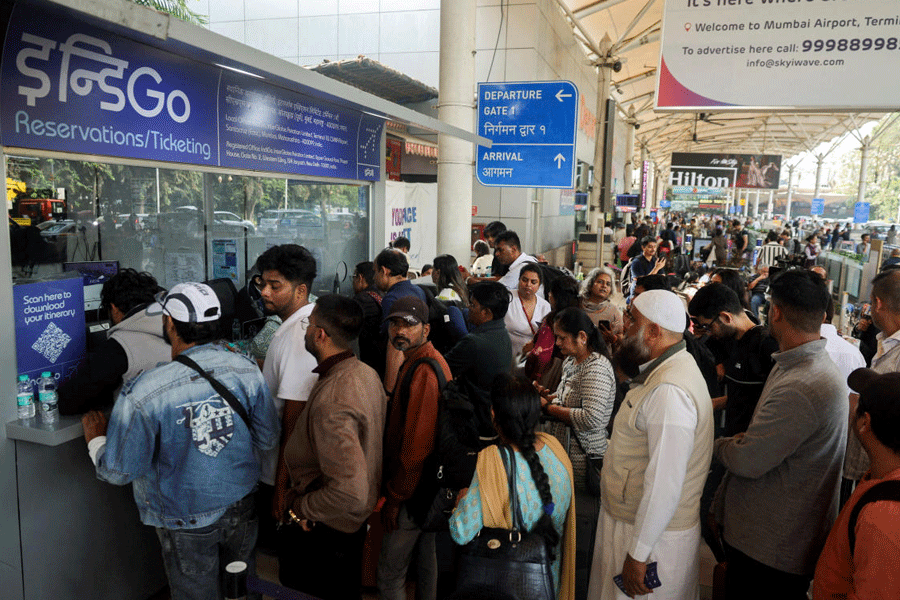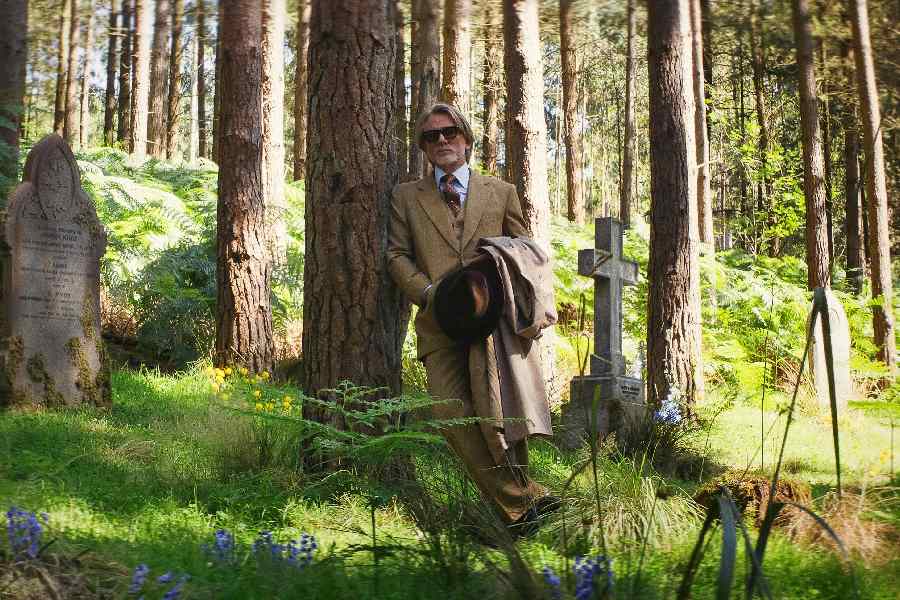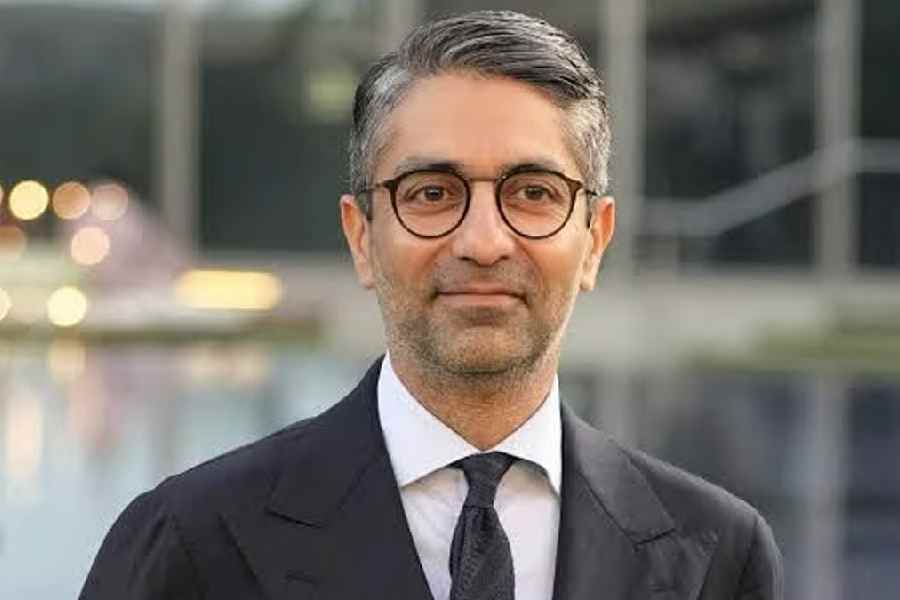
Calcutta: Their appearance belie their razor sharp minds working on the frontiers of cutting edge nuclear structure and astrophysics.
Chandana Bhattacharya, Parnika Das and Sarmishtha Bhattacharyya of Variable Energy Cyclotron Centre (VECC) are participating researchers at the Facility for Antiproton and Ion Research (FAIR), an international accelerator facility being built near Darmstadt, Germany.
All three work on the NuSTAR (Nuclear Structure, Astrophysics and Reactions) collaboration at FAIR, trying to unravel the unknown states of matter. Metro gives the low-down on the three.
Chandana Bhattacharya
The 1963-born Bhattacharya used to find herself alone on the first bench in the physics class at Banaras Hindu University. "I was the only girl in the class and no one would speak to me. It was embarrassing for the boys to interact with me," she said.
Then came an interview call from the Bhabha Atomic Research Centre (BARC) and her father, an LIC employee, was at a loss over how he would send his daughter alone to Mumbai. She went and spent a year at the BARC training school before being posted to VECC, Calcutta.
She loves to work here in Calcutta, as she enjoys the freedom to do what she wants, Bhattacharya said. "With limited resources, we built the neutron detector indigenously for our in-house experiments."
She considers her study of the Hoyle state, the excited state of carbon, as one of the milestones in her career.
Parnika Das
Das went to Lady Irwin School and Miranda House, New Delhi, before doing her master's from IIT Kanpur and MTech from IIT Delhi.
She loved studying physics but on her uncle's prodding she was preparing for the IAS exams. "But I gave it up to follow my love for physics," Das, an avid fan of Asimov and mythology, said.
She said she possibly inherited her brilliance in math from her mother. Her father worked in the meteorological department.
Das, too, has trained at BARC and keeps going back there for work. There is freedom to do one's choice of work at VECC, she said.
Apart from working on the Penning Ion Trap, her other significant work is the study of decay rate change.
Sharmishtha Bhattacharya
Bhattacharya did her schooling from United Missionary Girls High School and Sakhawat Memorial Govt Girls High School and graduated from Jogamaya Devi College. She did her master's from Rajabazar science college and PhD from VECC.
"Being the eldest daughter, I always had a sense of responsibility towards my younger siblings and family. Never did my parents want me to get married without having established myself," she said.
All three said their families had supported them as they spent nights at VECC or at institutions abroad to complete their experiments.
"We could pursue our studies and career leaving behind our children. That is the biggest gift we have had," the three said.
The women share a commonality, they thoroughly enjoy studying physics. "What we study, we observe directly in the labs, which is most fascinating," Das said. It's disturbing to hear that children are unaware of the cutting-edge research done in Calcutta, she said.
"During the outreach programmes, we find many who are surprised to know that they can do their PhDs from here," Bhattacharya said.










